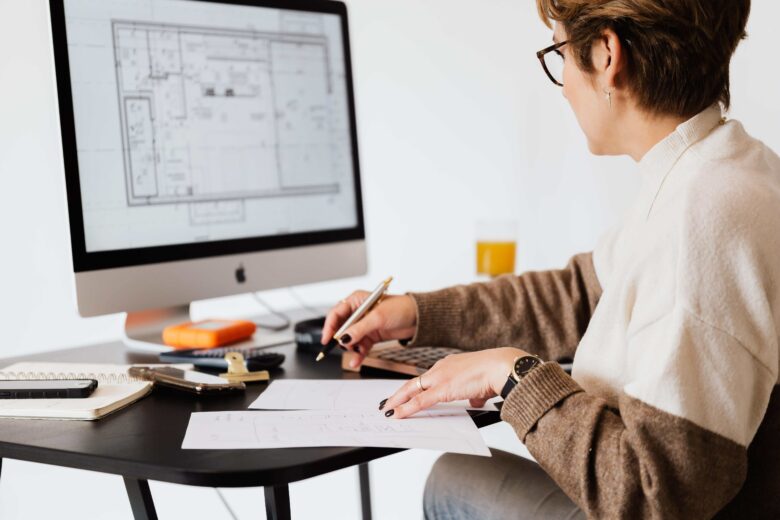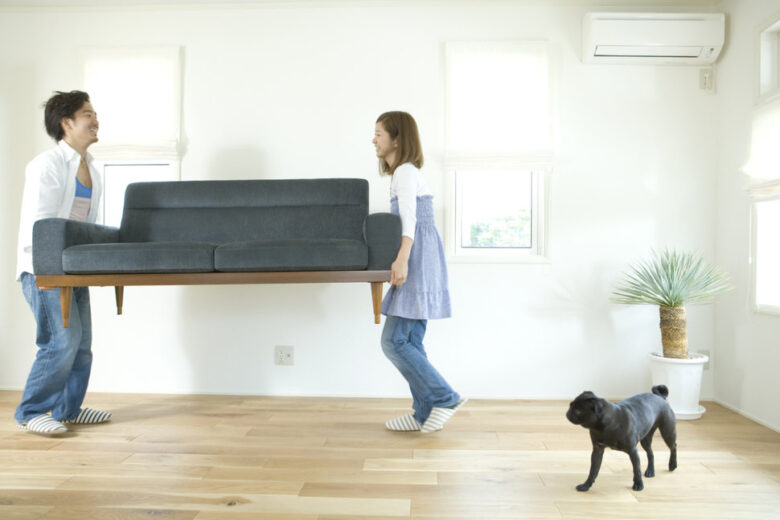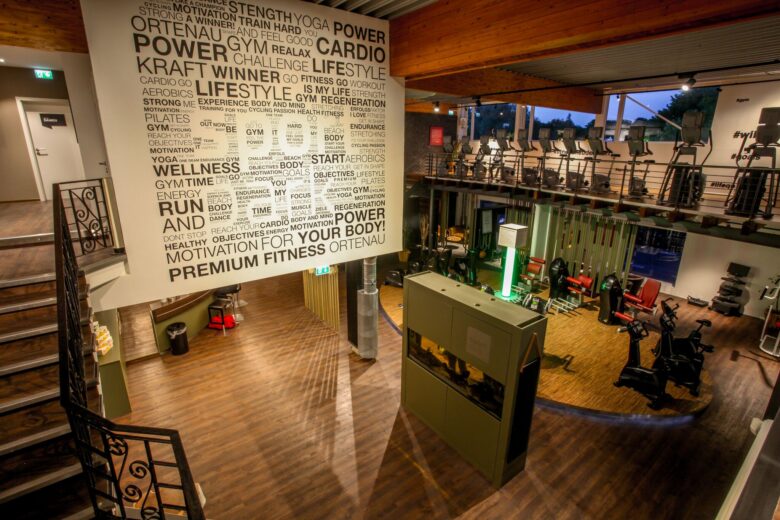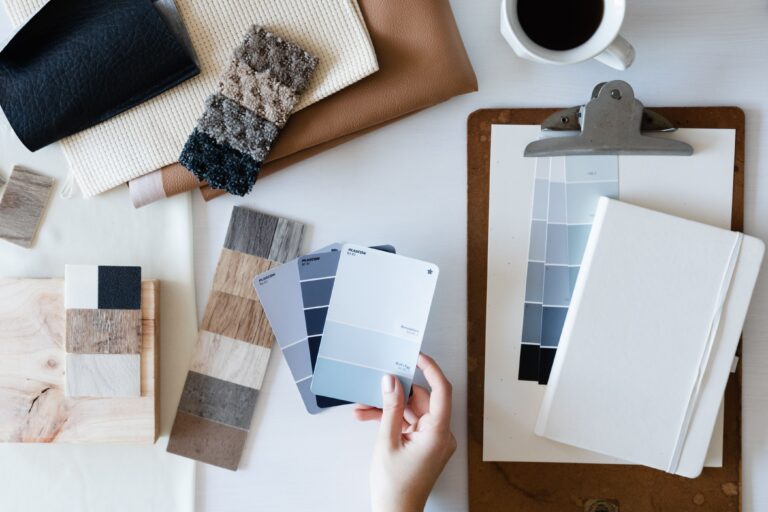Home should be somewhere you feel comfortable and enjoy spending time. So you want to achieve the right look? This is where an interior designer will usually step in and help you achieve the right aesthetic, function and feel for your home. But interior designers can be expensive, and when you are spending money to redecorate, you can’t always pay for the advice you need. Or you can check the professionals such as Uniquely Coastal.
Here I am going to provide you some of the best interior design advice for free. Advice that interior designers don’t want you to know yourselves, as it is taking their knowledge and letting you have it at no cost.
Tip 1: Make Function A Priority

Getting caught up in the aesthetic of your home, can leave you ignoring the function of your home. All interior designers will analyse their clients needs, so when you are designing your own home treat yourself like a client. Sit down, and take notes on what you want and need. Analyse these needs.
If you are stuck on what to understand, ask yourself these questions.
- What’s important to you about your home?
- What kind of lifestyle does your interior need to complement?
- How does your home get used practically?
- What do you spend time doing at home?
Creating a home is more than just designing the perfect look, it needs to be functional for you to feel happy living there.
When function is at the priority of the design, this can leave the design being more versatile and easy to transition through years and trends. For example mid-century reproduction specialists, Pash Classics, collection has been used in stylish interiors for the past 70 years and still look as good today as they did when they were first released. This is because, function was put before the style.
Tip 2: Understand what you like and what you dislike

Commonly, people ignore to make notes of what they dislike, usually it’s all about mood boards that inspire you. But creating a moodboard of things you don’t like, can make it easier to understand what to avoid.
When creating a moodboard as well, analyse it, don’t just look for pieces that look like the moodboard. What feeling does the moodboard achieve? What colours are common? What materials are common? What connects the things that you like together?
Understanding what you are trying to achieve, will lead to the best outcome. Rushing into the design process can leave you making mistakes and the wrong choices. Ask yourself the following questions, these answers may help you to understand what you like or dislike more in depth.
- What makes you feel at home?
- When do you feel happiest?
- Do you like bold or minimal interiors?
- What design style do you feel inspired by?
Tip 3: Make sure the sizing is right

One major issue you can find with purchasing new furniture, or organising your floor plan, are pieces being the wrong size. This could be that the piece is too small, or too big. There are a couple of different ways to help ensure the sizing is right.
You can use a cut out floor plan, where you create a sizing ratio, draw out your floor plan and cut out pieces of furniture. You can then view how the pieces look in a room, reviewing their size and positioning. This technique is easier when a lot of new furniture is being purchased.
Another option could be to take scrap pieces of paper, magazines or newspaper and cut out the size of a new piece of furniture. You can then lay this on the floor, and see how much space it takes. This technique works better when it is just one or two new pieces of furniture being purchased.
Tip 4: Understand What Styles You Like And How They Are Used

When designing your home, you can find you will either work too closely to one style, or don’t consider what style you are trying to work too.
If you want to work with multiple styles, this is considered to be a style and is called Eclectic Design. Being able to refer to the design style you are looking to achieve can be easier to look for inspiration and guidance online when you are feeling creatively blocked.
Here is a guide for a lot of different interior styles. Remember that you can use more than one style, and you don’t have to follow the design closely.
- Bohemian style is a free spirited style that mixes different cultures and artistic expressions, with a close connection to nature.
- Coastal takes inspiration from nature and coastal locations. The colour palette is warm neutral with pops of blue.
- Contemporary is continually evolving, contemporary designs represent current trends and styles.
- Eclectic design style is hard to define, but the use of multiple styles in one interior. The difference between bohemian and eclectic is more about the mix of styles rather than cultures and expressions.
- Hollywood Glam mixes art deco and mid-century modern decor.
- Industrial transforms industrial areas into residential homes but keeps features like the exposed pipes, beams and brick walls.
- Mid-Century Modern is similar to modern interiors, but with a brighter use of colours and more traditional materials like wood.
- Minimalist decor utilises uncomplicated designs and use of only functional pieces. Typically related to the ‘less is more’ style of design.
- Modern designs are from the 20th century designs of the modernist movement.
- Scandinavian is easy to recognise once you know what you are looking for. It’s light, airy and organic. Cosy textiles, neutral colour palettes and simplified interiors usually embody Scandinavian interior design.
- Shabby Chic uses vintage furniture painted or distressed to give a softer and more feminine look. The vintage pieces give the look a rustic aesthetic.
- Soutwestern interiors are inspired by spanish textiles, ironwork and nature. Textures and materials are southwestern such as leather and suede.
- Transitional implements a mixture of traditional and contemporary design concepts.
- Traditional design style draws inspiration from 18th and 19th Century England and France.
Tip 5: Make Your Environment Challenge Your Brain

Usually, you like an interior because it challenges your brain in the right amount. This means that it isn’t too overwhelming, but is still visually interesting and appealing. Interior designs use techniques like varying size and scale, negative space, the rule of three, contrasting and depth to create unpredictable spaces that aren’t too different, but not uniform either.

